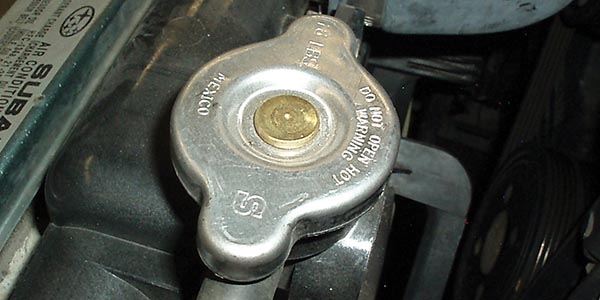Top Hyundai Tech Tips
Hyundai has been selling cars in the U.S. for more than 30 years. When the carmaker started operations, it had only one model, the Excel. Today, it has more than 10 models and a luxury car line called Genesis. As the cars have evolved, so have the service information and opportunities for independent import repair shops. Here are some of the top tips.
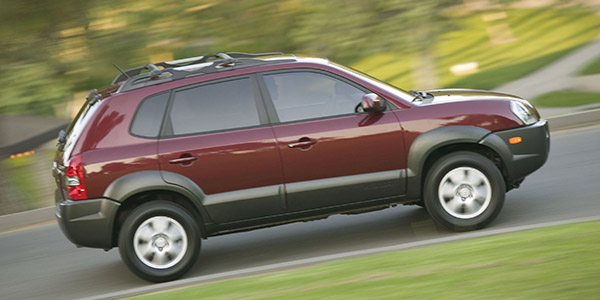
Nissan PCM Computer-Control Issues
The American writer Irene Peter said it best: “Just because everything is different doesn’t mean anything has changed.” By 2018, I thought everything had changed since the days of On-Board Diagnostics I (OBD I). Since OBD I evolved into OBD II in 1996, many things did indeed appear to be different. But, once in a great while, engineers design a vehicle that is slightly ahead of its time. For me, it was a 1995 Nissan pickup equipped with the 3.0-liter V6 engine and manual transmission. Surely being an oddity, it would start and run with the distributor disconnected.
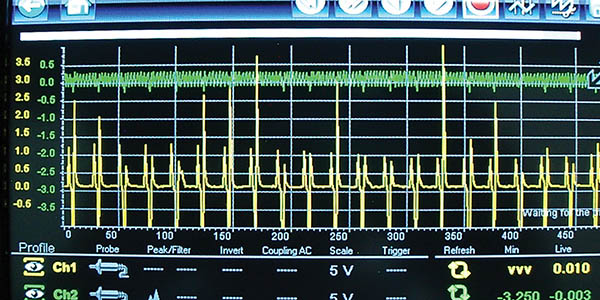
Tech Tip: Four Ways To Make Brakes Last Longer
No one looks forward to coming in for a brake job. But, explaining to customers how to extend the life of their brakes and save money is a no-brainer. It builds trust and loyalty. From a pure safety issue, remind customers that brake pads and hardware last an average of 35,000 to 45,000 miles and should always be checked at that point.
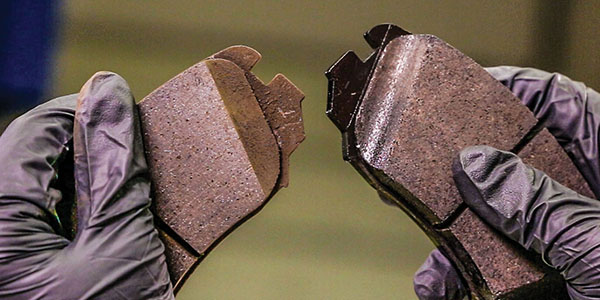
Motor Mount Logic
Engines have noticeably changed in the past decade. Fewer cylinders, more power at lower RPM and more detectable vibration at idle are just a few of the differences in today’s engines. With these changes, it should be no surprise that engine and transmission mounts have taken on new importance. New technologies are being used that access information from the engine to anticipate vibration before it reaches the driver.
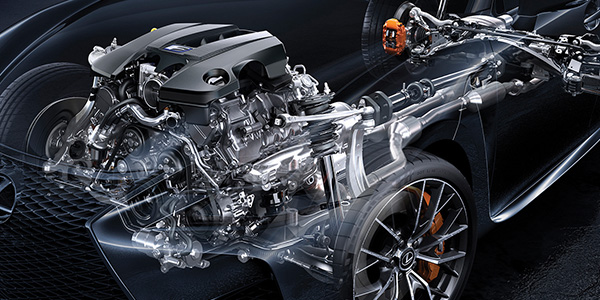
TPMS Diagnostics: MINI Applications
In 2004, MINI was one of the early adopters of tire pressure monitoring systems. This was driven by the lack of space for a spare tire and the use of run-flat tires. The TPMS system on these early models was intended to warn the driver of a tire with low pressure so they could reduce speed and find the nearest shop.

Air Ride FAQs
An air ride system uses three basic inputs to determine if the system is operating properly. First, the pressure sensor measures pressure at the reservoir or after the compressor. Second, the ride height sensors measure the position of the wheel in the wheel well. Third, sensors that are not directly connected to the air ride system measure the ambient air temperature, vehicle speed and system voltage.
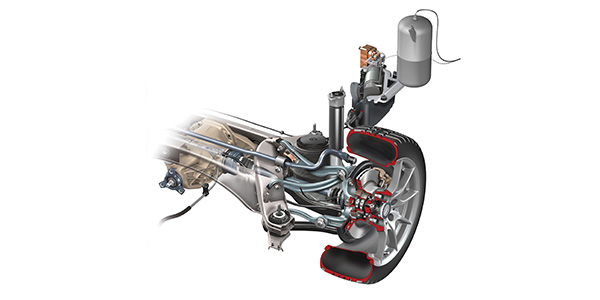
A/C Compressor Replacement: Doing A Visual Inspection & Checking For Leaks And Debris Eases Diagnostics
The A/C compressor is a complex component in today’s vehicles. It not only compresses the refrigerant that is circulated through the system, but it is basically the heart of the A/C system and can be affected by other components not doing their jobs.
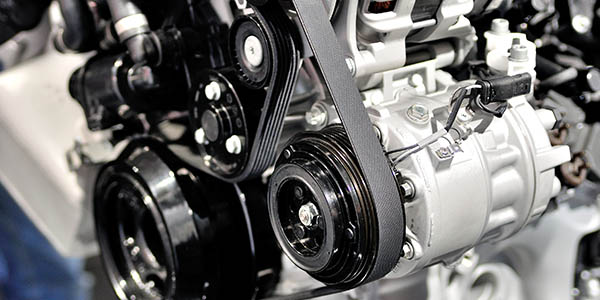
There’s A New Kid On The Block: On-Site Maintenance Provider Is Flexing Its Service Muscle
Customers have more choices than ever when it comes to automotive service, especially as new competitors pack a punch in the marketplace, so the service experience you provide needs to be remarkable and memorable, says Mary DellaValle, editor of ImportCar magazine.
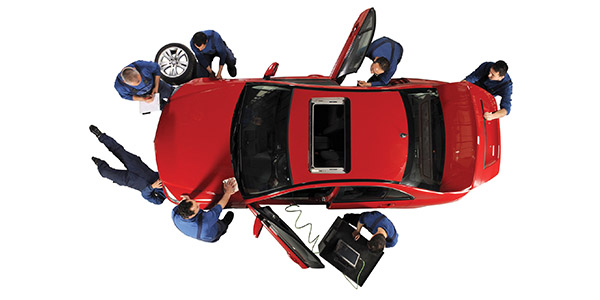
Electric Power Steering: More Than Just Assist
Electric power steering is quickly becoming a standard feature on new vehicles, but it’s not an emerging technology. It’s been in the field for the better part of two decades. Now, electric power steering has continued to advance by making autonomous safety features possible.

Acura Tech Tip: Chirping From High-Pressure Fuel Pump
With the hood open, listen for a chirping noise with the engine warmed up. If the noise is coming from the high-pressure fuel pump, follow the Repair Procedure in this Tech Tip.

Air Ride Diagnostic FAQs Point You In The Right Direction
Does air ride scare you? Would you prefer to sell a conversion kit rather than diagnose an air ride code or light? You are not alone. On the surface, these systems can seem complex when compared to metal springs. But, once you understand how the system senses the vehicle’s state and how the air pressure is managed, air ride diagnostics and service won’t seem so overwhelming.
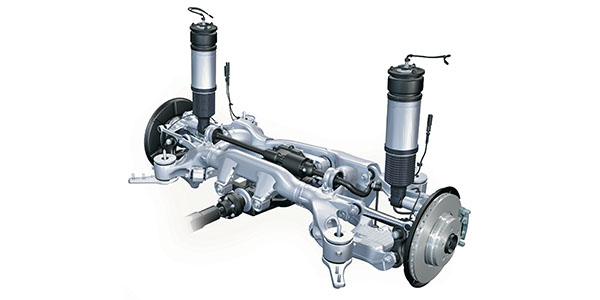
Modern Cooling System Design: It’s Not About Temperature; It’s About Powertrain
Reading engineering papers tends to be a boring exercise, but they do give a technician like myself a new perspective on how a common automotive cooling system could actually be improved. Of course, our immediate thought is how the cooling system can keep the engine cooler. Not so, according to one paper.
